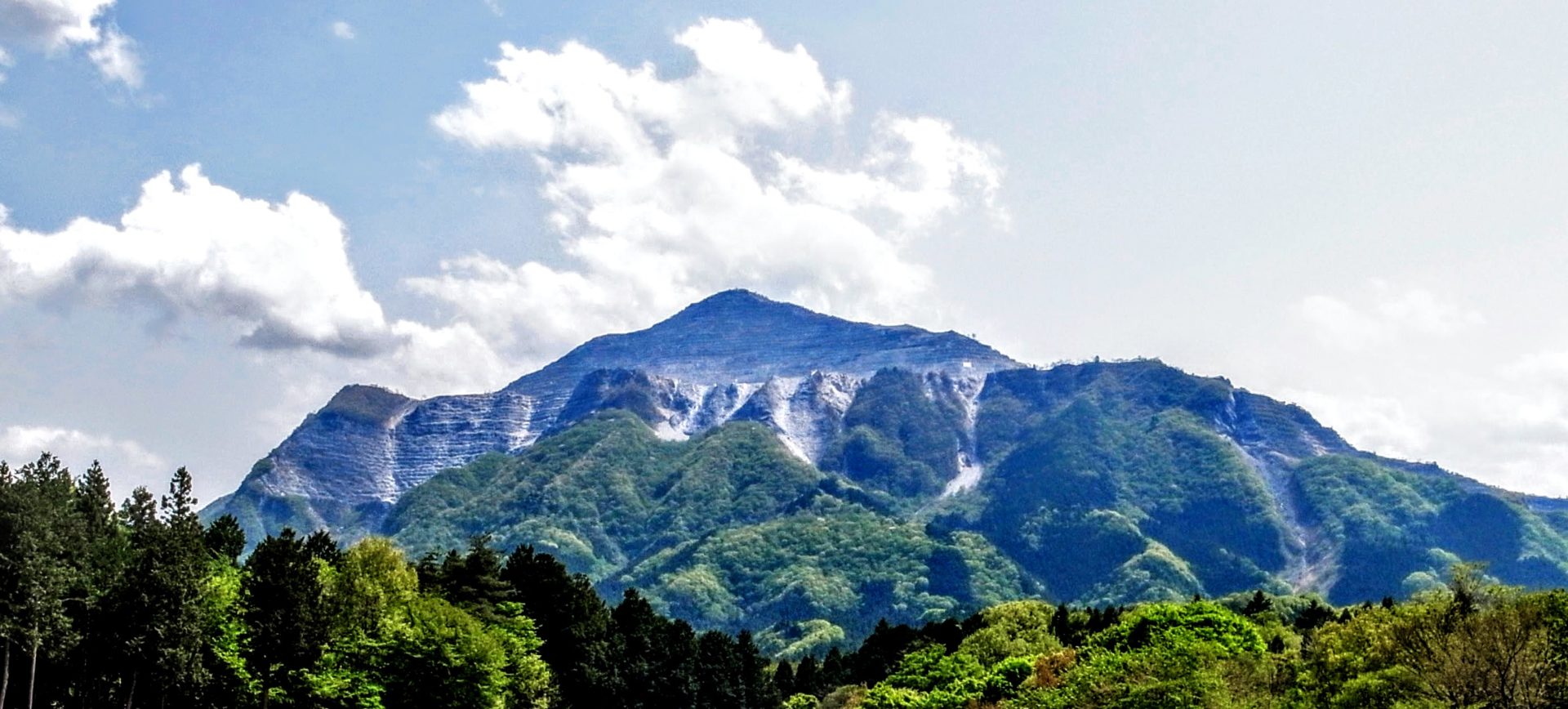Welcome to the website of Tenshin Bukō-ryū Heihō, Hokusei Dōjō.
Tenshin Bukō-ryū is a martial tradition which specializes in the use of the naginata. Its highest teachings center around the kagitsuki naginata, a weapon with a small cross-bar, against both sword and spear. Other weaponry practiced include kusarigama, sword, spear, long-staff and nagamaki.
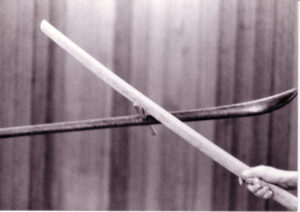 Tenshin Bukō-ryū has its roots in Chūjō-ryū, and it’s off-shoot, the Toda-ryū, founded by Toda Seigen (富田勢源) in the later years of the Warring States era in Japan. Toda-ryū became an influential school throughout the Edo period, and up into modern times. Among other ryūha which developed from Toda-ryū are Ittō-ryū kenjutsu (the primary influence on modern kendō), Kiraku-ryū jujutsu, & Saburi-ryū sōjutsu.
Tenshin Bukō-ryū has its roots in Chūjō-ryū, and it’s off-shoot, the Toda-ryū, founded by Toda Seigen (富田勢源) in the later years of the Warring States era in Japan. Toda-ryū became an influential school throughout the Edo period, and up into modern times. Among other ryūha which developed from Toda-ryū are Ittō-ryū kenjutsu (the primary influence on modern kendō), Kiraku-ryū jujutsu, & Saburi-ryū sōjutsu.
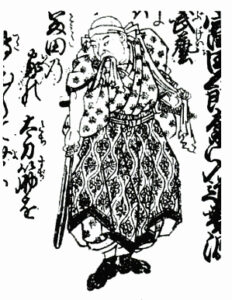 Toda-ryū was adopted by the Suneya family in the mountainous Chichibu region. The clan apparently focused on the naginata & nagamaki, and its study, over many generations, was known as Suneya-kei naginatajutsu. In the mid-1800’s, Suneya Ryōsuke and his wife Suneya Sato-o initiated a renaissance of the naginata. From this time onwards, their art was referred to as the Toda-ha Bukō-ryū.
Toda-ryū was adopted by the Suneya family in the mountainous Chichibu region. The clan apparently focused on the naginata & nagamaki, and its study, over many generations, was known as Suneya-kei naginatajutsu. In the mid-1800’s, Suneya Ryōsuke and his wife Suneya Sato-o initiated a renaissance of the naginata. From this time onwards, their art was referred to as the Toda-ha Bukō-ryū.
From Suneya Ryōsuke and Suneya Sato-o, Toda-ha Bukō-ryū was transmitted in two main lines. One line, in the Chichibu area near Mt. Bukō, died out in the early Showa period. The other was transmitted in Tokyo through two of the Suneya’s students, Komatsuzaki Koto-o & Yazawa Isao through their remarkable student, Murakami Hideo.
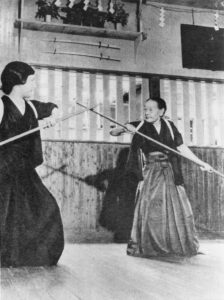
Murakami Hideo achieved significant fame as a participant in various gekkiken kogyō, martial arts ‘shows,’ in which many experts of traditional ryūha, unemployed after the inception of the Meiji government, exhibited their skills on stage. Aside from presentation of kata, various participants took on challenges from the audience. Murakami fought with both naginata and kusarigama, and according to our ryūha’s oral tradition, she was never defeated.
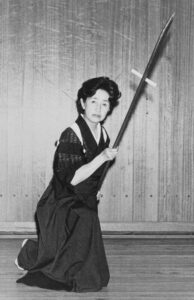
Murakami sensei transmitted Toda-ha Bukō-ryū to three students. Only one of these successors is known: Kobayashi Seio, the daughter of the renowned Hokushin Ittō-ryū teacher, Chiba Chosaku, one of the first modernizers within Japanese budō. (Paradoxically, Kobayashi sensei was the epitome of tradition). Kobayashi sensei then transmitted Toda-ha Bukō-ryū to Nitta Suzuo, the teacher of the current generation of shihan. Her successor, the 20th generation soke of Toda-ha Bukō-ryū, was Nakamura Yoichi. Regrettably, Nakamura sensei passed away after a long illness, shortly after his 40th birthday, on August 28th, 2012. His legacy is preserved by soke-dairi, Kent Sorensen, also head of our core dōjō at the Funabashi Budo Center in Chiba, Japan .
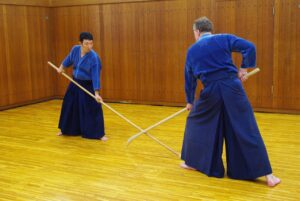
In 2022, Sorensen sensei changed the name of our martial tradition to Tenshin Bukō-ryū in order to denote a renewal of our school. [We have no relationship with any group who refers to itself as Toda-ha Bukō-ryū post-2022. No one currently using that name received licensure to teach or independently practice from the soke-dairi or any previous soke].
Sorensen sensei is supported by a number of shihan (fully licensed instructors) throughout the world. This particular website is that of the Hokusei Dōjō, headed by shihan Ellis Amdur. It provides information, not only on Tenshin Bukō-ryū Hokusei Dōjō, but also contact information for other Tenshin Bukō-ryū dōjō throughout the world.
